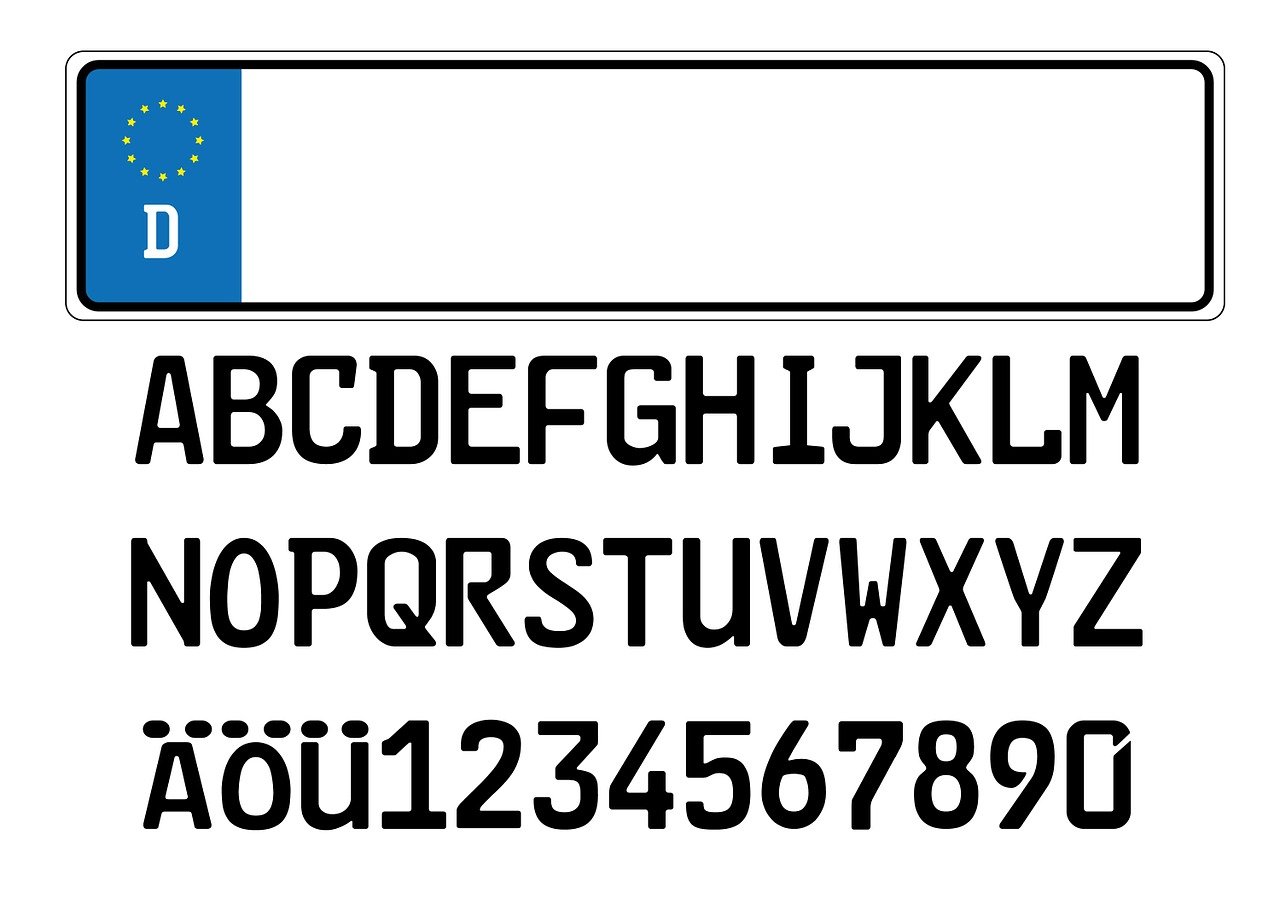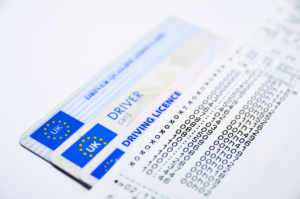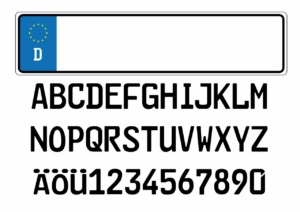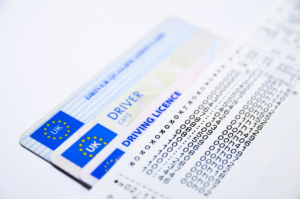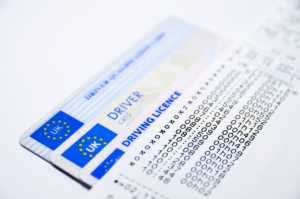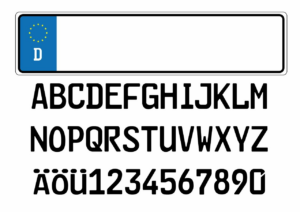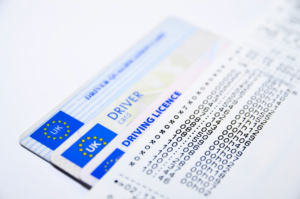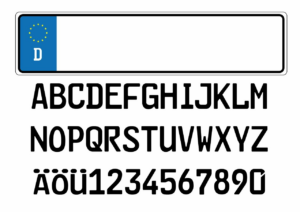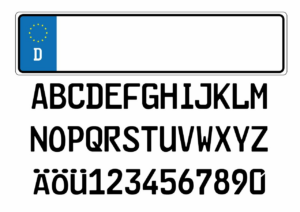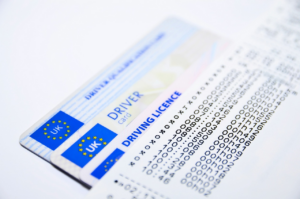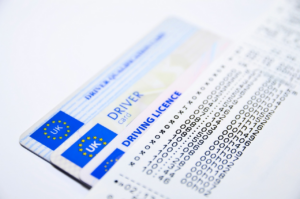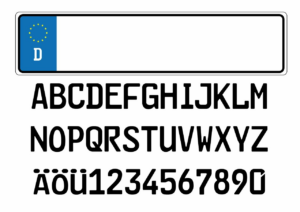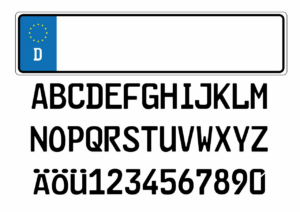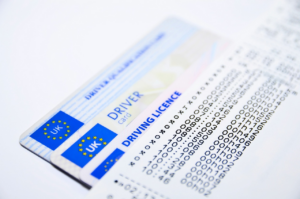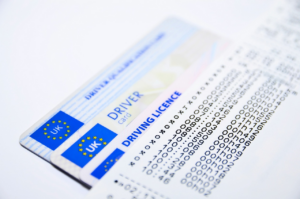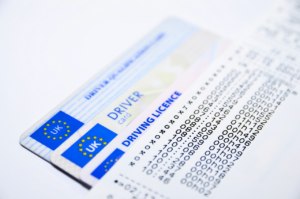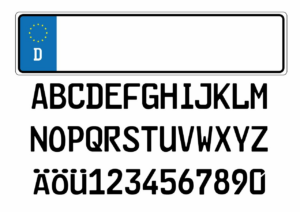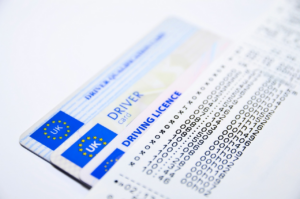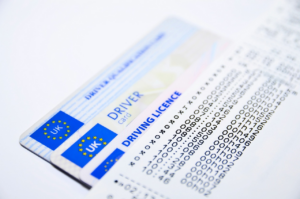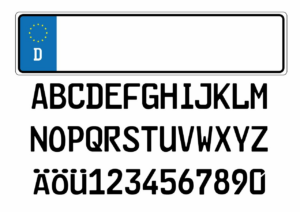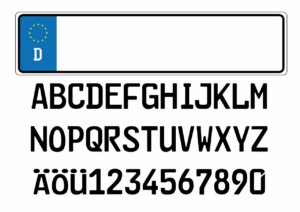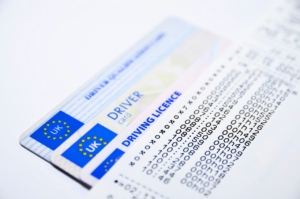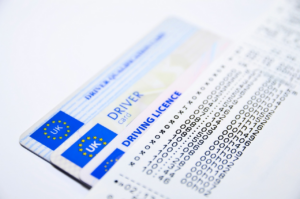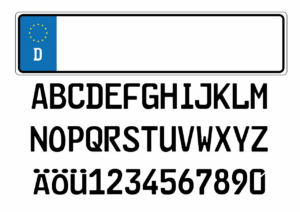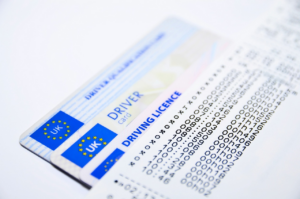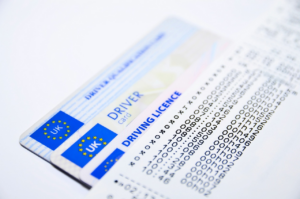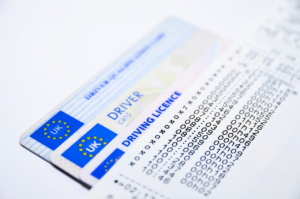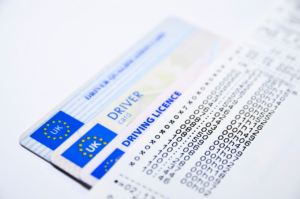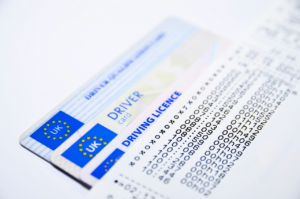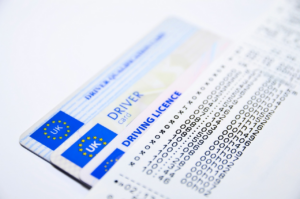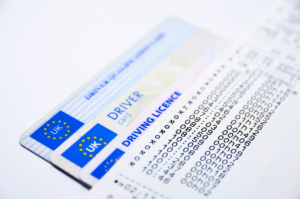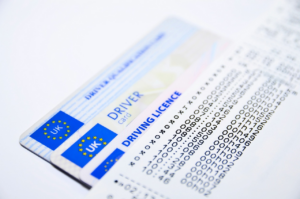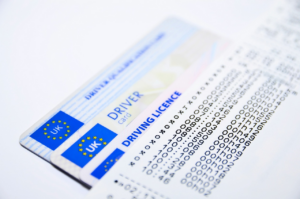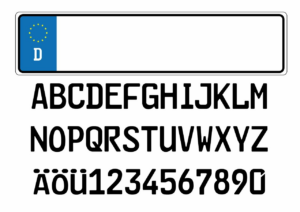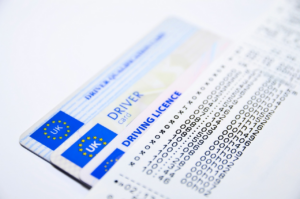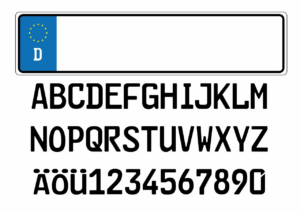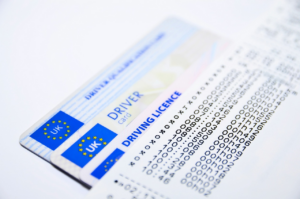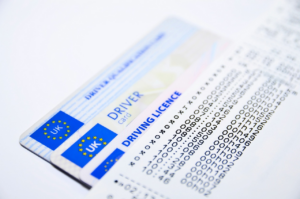Are you planning to drive abroad and wondering if your US driving license will be sufficient? Or are you an international visitor coming to the United States and wondering if you can use your home country’s license to drive here?
It’s essential to know the differences between a US driving license and an International Driver’s License to avoid any legal or safety issues. A US driving license and an International Driver’s License are not the same.
While they both allow you to legally drive a car, they differ in their validity, acceptance, regulations, and application process. In this article, we’ll take a closer look at the key differences between the two types of licenses, so you can make an informed decision when you hit the road.
Overview of International Driver’s License
So, you’re planning to travel abroad and want to know about getting an international driver’s license? Well, let me give you an overview of what it is and why it’s important to have one.
An international driver’s license, also known as an IDP, is an official document that allows you to drive a vehicle in another country. It’s a translation of your existing driver’s license into different languages and is recognized in over 150 countries around the world.
Having an IDP is important because it ensures that you can legally drive in a foreign country without any issues. Many countries require you to have one in order to rent a car or drive on their roads.
It also provides a level of safety and security, as it includes your personal information and photograph, making it easier for authorities to identify you in case of an accident or emergency.
To obtain an IDP, you must have a valid driver’s license from your home country and apply for one through a government-approved agency.
Overview of US Driving License
You already know how to drive, but if you’re planning on exploring the United States, it’s important to understand the requirements for obtaining a valid license in each state.
In the US, driver’s licenses are issued by individual states rather than on a federal level. While the requirements vary slightly between states, they generally include passing a written test, a driving test, and a vision screening.
To obtain a US driver’s license, you’ll need to provide proof of identity, residency, and social security number. Depending on the state, you may also need to provide proof of insurance and complete a driver’s education course. It’s important to note that some states have additional requirements, such as a medical examination or a drug and alcohol education program.
Once you have met the requirements, you’ll be issued a driver’s license that is valid for a certain amount of time, usually between four and eight years.
Validity and Acceptance
Now that you’ve got your US driver’s license, it’s important to understand where it’s accepted and how long it’s valid for. Your US driver’s license is valid in all states of the United States and territories.
However, its validity period varies depending on the state that issued it. Generally, the validity of a US driver’s license ranges from four to eight years, but some states may issue it for a shorter or longer period. Additionally, it’s important to note that the expiration date of your license may also depend on your age and driving history.
When it comes to international travel, your US driver’s license may not always be sufficient. This is where an International Driver’s License (IDL) comes in handy. An IDL is a document that translates your driver’s license into multiple languages and is recognized in over 150 countries.
It’s important to note, however, that an IDL is not a replacement for your US driver’s license and cannot be used on its own to drive in a foreign country. It must be used in conjunction with your US driver’s license, which must be valid and current.
Obtaining an International Driver’s License
If you’re planning to drive in a foreign country, you may need to obtain an International Driver’s License. To be eligible, you must be at least 18 years old and hold a valid driver’s license in your home country.
The application process typically involves providing a copy of your driver’s license and passport, filling out an application form, and paying a fee which can vary depending on the issuing agency.
Eligibility
Eligibility requirements for obtaining a driver’s license vary depending on the location. To obtain an International Driver’s License, you must meet the following requirements:
-
You must be at least 18 years old and possess a valid driver’s license from your home country.
-
You must be able to submit two passport-sized photos along with your application.
-
You must pay the required fee to obtain the license.
It’s important to note that while the eligibility requirements for obtaining an International Driver’s License may seem straightforward, the process of obtaining one can still be time-consuming and frustrating. It’s always a good idea to plan ahead and make sure you have all the necessary documentation and fees in order to avoid any delays or complications.
Application Process
The application process for obtaining an International Driver’s License can still be time-consuming and frustrating, so it’s important to plan ahead and make sure you have all the necessary documentation and fees. The good news is that you can apply for an International Driver’s License online, through the American Automobile Association (AAA) or the American Automobile Touring Alliance (AATA). The application process typically takes about 10-15 minutes to complete and you will need to provide your personal information, driver’s license information, and pay the application fee.
To make things easier, we’ve created a table below that outlines the application process for both a US driving license and an International Driver’s License. This will help you compare the two processes and understand the differences between them. It’s important to note that the application process may vary slightly depending on the state you live in, so be sure to check with your local DMV or AAA office for specific instructions.
| US Driving License | International Driver’s License | |
|---|---|---|
| Eligibility | US citizen or legal resident | Must have a valid driver’s license from home country |
| Application Process | Apply in-person at local DMV office | Apply online through AAA or AATA |
| Required Documents | Proof of identity, social security number, and residency | Passport photos, valid driver’s license, and application fee |
| Application Fee | Varies by state | $20-40 |
| Validity Period | Varies by state | 1-3 years |
As you can see from the table, the application process for an International Driver’s License is typically simpler and quicker than that for a US driving license. However, it’s important to note that an International Driver’s License is not a replacement for a valid driver’s license from your home country. It is simply a translation of your existing driver’s license and can only be used in conjunction with it.
Fees
Let’s talk about the fees involved in obtaining an International Driver’s License, so you can have a clear idea of what to expect.
The cost of an International Driver’s License varies depending on the issuing agency and the duration of validity. Generally, the fee ranges from $20 to $50 and is valid for one year. However, some agencies may charge additional fees for expedited processing or shipping.
It’s important to note that an International Driver’s License is not a replacement for a US driving license. It’s simply a translation of your existing driving credentials and is only valid when used in conjunction with your US driving license.
Moreover, the fee for an International Driver’s License may not be covered by your insurance policy, so it’s best to check with your insurer before applying.
Obtaining a US Driving License
Getting behind the wheel and cruising down the open road is an American rite of passage, and to do so legally, you must obtain a valid driver’s license.
To obtain a US driving license, you must first pass a written test followed by a driving test. You’ll need to provide proof of identity, residency, and social security number, and pay a fee.
The written test covers traffic laws, road signs, and safe driving practices. The driving test assesses your ability to operate a vehicle safely on the road. Once you pass both tests, you’ll receive your driver’s license.
The process of obtaining a US driving license can vary slightly from state to state, but the general requirements remain the same.
It’s important to note that if you’re a visitor to the US, you may be able to use your foreign driver’s license for a limited time, but it’s recommended that you obtain a US driving license to avoid any legal issues. Additionally, if you’re a resident of the US, you’re required to obtain a valid driver’s license within a certain period of time (usually 30-90 days, depending on the state) after moving to the country.
Driving Regulations
When driving in the US, it’s important to be aware of the traffic rules and regulations, road signs and signals, and speed limits and penalties.
Make sure to pay attention to the road signs and signals to avoid any confusion or accidents.
Remember to always follow the speed limits and be aware of the penalties for breaking them, as they can vary from state to state.
Traffic Rules and Regulations
You must remember to follow the traffic rules and regulations when driving in a foreign country with your license. This is because traffic laws vary from country to country, and it’s your responsibility as a driver to understand and adhere to them. Ignorance of these rules can result in fines, legal trouble, or even accidents.
To ensure your safety and avoid any complications, here are some traffic rules and regulations you need to keep in mind when driving in a foreign country with your license:
-
Keep to the right: In most countries, including the US, you drive on the right-hand side of the road. However, there are some countries where you drive on the left-hand side, such as the UK, Australia, and Japan. Make sure you know which side of the road to drive on before you start driving.
-
Seatbelts: Wearing seatbelts is mandatory in most countries. Make sure you and your passengers buckle up before you start driving.
-
Speed limits: Speed limits vary from country to country. Make sure you know the speed limits in the country you’re visiting and stick to them. Speeding can result in hefty fines or even imprisonment.
Road Signs and Signals
As a responsible driver, it’s essential to pay attention to the road signs and signals when driving in a foreign country, ensuring your safety and avoiding any confusion. While some road signs and signals may be universal, others may differ from country to country. For instance, in the US, a stop sign is an octagon with white letters on a red background, while in Japan, it’s an inverted triangle with white letters on a red background.
To help you understand and interpret road signs and signals in a foreign country better, here’s a table highlighting some of the key differences between the US and International road signs and signals:
| Sign Type | US | International |
|---|---|---|
| Stop Sign | Octagon with white letters on a red background | Inverted triangle with white letters on a red background |
| Yield Sign | Triangle with red letters on white background | Inverted triangle with red border and white background |
| Speed Limit | Miles per hour | Kilometers per hour |
| No Entry | Circle with red border and white background | Red circle with a diagonal line across it |
| Pedestrian Crossing | White stripes on a black and white background | White stripes on a yellow background |
By familiarizing yourself with the road signs and signals in a foreign country, you’ll be better equipped to navigate unfamiliar roads and avoid any accidents or traffic violations. Remember, road signs and signals are there to keep you and other road users safe, so always pay attention to them, even if they differ from what you’re used to at home.
Speed Limits and Penalties
It’s important to be aware of the speed limits and penalties in the country you’re driving in to avoid any legal issues or accidents.
The speed limits in the United States are typically posted in miles per hour (mph), with the highest speed limit being 85 mph in some parts of Texas. However, each state has its own specific speed limits, and it’s important to pay attention to these signs to avoid any fines or penalties.
If you’re caught speeding in the US, the penalties can vary depending on the state and how fast you were going. Generally, fines can range from $50 to $1,000 or more, and you may also receive points on your license. In some cases, excessive speeding can even result in license suspension or revocation.
As an international driver, it’s important to familiarize yourself with the specific laws and regulations of the state you’re driving in to avoid any legal issues.
Insurance and Liability
When driving in a foreign country, it’s important to understand the insurance requirements and liability coverage. You should make sure you have the proper insurance before hitting the road to avoid any legal or financial issues.
In the event of an accident, understanding the claims and compensation process can also help you navigate the situation more effectively.
Insurance Requirements
If you’re planning to drive in another country, make sure you understand the insurance requirements for your license. Some countries may require minimum liability insurance coverage, while others may require additional coverage such as collision or comprehensive.
It’s important to research and purchase the appropriate insurance policy before driving in a foreign country to avoid potential legal and financial issues. Additionally, be aware that some insurance policies may not cover driving in certain countries or may have limitations on coverage.
Make sure to check with your insurance provider and consider purchasing additional insurance if necessary. It’s better to be over-prepared than under-prepared when it comes to driving in a foreign country.
Liability Coverage
You need to understand liability coverage when driving in a foreign country to avoid potential legal and financial issues. Liability coverage is a type of insurance that covers damages or injuries that you may cause to other people or their property while driving. This coverage is mandatory in most countries, and you may face serious consequences if you don’t have it.
Here are a few things to keep in mind about liability coverage when driving with an international driver’s license:
- If you cause an accident and don’t have liability coverage, you may be held personally responsible for all damages and injuries. This can result in a large financial burden that could affect you for years.
- Different countries have different liability coverage requirements, so it’s important to research and understand the specific requirements for the country you’ll be driving in.
- Your liability coverage may not cover all damages or injuries, and you may need to purchase additional coverage to ensure that you’re fully protected. It’s important to consult with your insurance provider and understand your coverage options before driving in a foreign country.
Claims and Compensation
Navigating the claims and compensation process in a foreign country can be overwhelming, but it’s important to understand the procedures and documentation required to ensure you receive proper reimbursement for any damages or injuries sustained while driving.
In the US, the claims process typically involves contacting your insurance company and providing them with a description of the accident, any police reports or witness statements, and documentation of any damages or injuries. Your insurance company will then work with the other parties involved to determine fault and negotiate a settlement.
In contrast, the process for making a claim in a foreign country can vary widely depending on the country and local laws. In some cases, you may need to file a police report immediately following the accident. In other cases, you may be required to submit a written statement and supporting documentation to the local authorities.
It’s important to research the specific requirements for the country you’ll be driving in and to understand the types of compensation that are available. In some countries, compensation may be limited to medical expenses only, while in others you may be able to receive reimbursement for lost wages or property damage as well.
Conclusion and Tips
The conclusion and tips section offers valuable insights for those looking to obtain a license for driving in foreign countries. It’s important to note that an international driver’s license is not a replacement for a US driving license. It’s simply a translation of your existing license into various languages, making it easier for law enforcement officials to understand your credentials.
Additionally, it’s important to research the specific laws and regulations of the country you plan on driving in, as they can vary greatly from those in the US.
Here are some tips to keep in mind when driving in foreign countries:
- Familiarize yourself with the local traffic laws and customs
- Keep in mind that driving styles and road conditions may be different than those in the US
- Consider purchasing additional insurance coverage to protect yourself in case of an accident
By following these tips and doing your research beforehand, you can ensure a safer and more enjoyable driving experience while exploring foreign lands.
Frequently Asked Questions
Can I use an International Driver’s License to drive in all countries?
If you’re planning to travel abroad and drive a car, you may be wondering whether an international driver’s license will allow you to drive in all countries.
The answer is no. While an international driver’s license is recognized in many countries, it’s not a universal license that allows you to drive in any country.
Some countries may require you to have a local driver’s license in addition to an international driver’s license, or they may not recognize international driver’s licenses at all. Therefore, it’s important to research the driving laws and requirements of each country you plan to visit to ensure you have the necessary documentation to legally operate a vehicle.
Is it possible to obtain an International Driver’s License if I don’t have a US driving license?
If you’re planning on driving abroad, you may be wondering if it’s possible to obtain an international driver’s license without a US driving license. The answer is yes, you can obtain an international driver’s license even if you don’t have a US driving license.
However, you’ll need to provide proof of your driving experience and pass a driving test before you can obtain an international driver’s license. It’s important to note that an international driver’s license is not a standalone document, but rather a translation of your existing driver’s license that allows you to drive in other countries.
So, if you don’t have a US driving license, you’ll need to obtain a driver’s license from your home country before applying for an international driver’s license.
What are the penalties for driving without a valid license in the US or other countries?
Driving without a valid license is a serious offense in both the US and other countries.
In the US, penalties for driving without a valid license vary by state, but can include fines, jail time, and impoundment of the vehicle. Additionally, driving without a valid license can lead to higher insurance rates and difficulty obtaining a license in the future.
In other countries, penalties for driving without a valid license can be even more severe, including large fines, imprisonment, and even deportation.
It’s always best to make sure you have a valid driver’s license before getting behind the wheel, whether you’re driving in the US or abroad.
Are there any age restrictions for obtaining an International Driver’s License?
If you’re planning on driving in a foreign country, you may be wondering if there are any age restrictions for obtaining an international driver’s license.
The good news is that there are no age limits for applying for an international driver’s license. However, you do need to have a valid driver’s license from your home country to be eligible for an international driver’s license.
It’s important to note that an international driver’s license is not a stand-alone document and must be used in conjunction with your original driver’s license. So, if you’re planning on driving abroad, be sure to check the specific requirements for the country you’ll be visiting and make sure you have all the necessary documentation before hitting the road.
Will my US auto insurance policy cover me while driving with an International Driver’s License?
If you plan on driving abroad with your International Driver’s License, you may be wondering whether your US auto insurance policy will cover you. While some US auto insurance policies may provide limited coverage for international travel, it’s important to check with your insurance provider to see if they offer this option and what the terms and conditions are.
If your policy does not provide coverage, you may need to purchase additional insurance from a local provider in the country you’ll be driving in. Remember to always drive with caution and follow the local traffic laws and regulations to ensure your safety while driving abroad.
Conclusion
So, now you know the key differences between a US driving license and an international driver’s license.
While both licenses allow you to drive in different countries, there are some important distinctions to keep in mind.
The biggest difference is that an international driver’s license is only a translation of your existing license and is not a standalone license. It’s important to obtain one if you plan on driving in a foreign country that requires it.
On the other hand, a US driving license is a standalone license that allows you to legally drive within the United States.
Remember to always follow the driving regulations and laws of the country you are driving in, and make sure you have the proper insurance coverage and liability protection.
With these tips in mind, you can confidently explore new destinations and enjoy the freedom of the open road.


